Home>Ideas and Tips>How To Design A Drought-Tolerant Fairy Garden
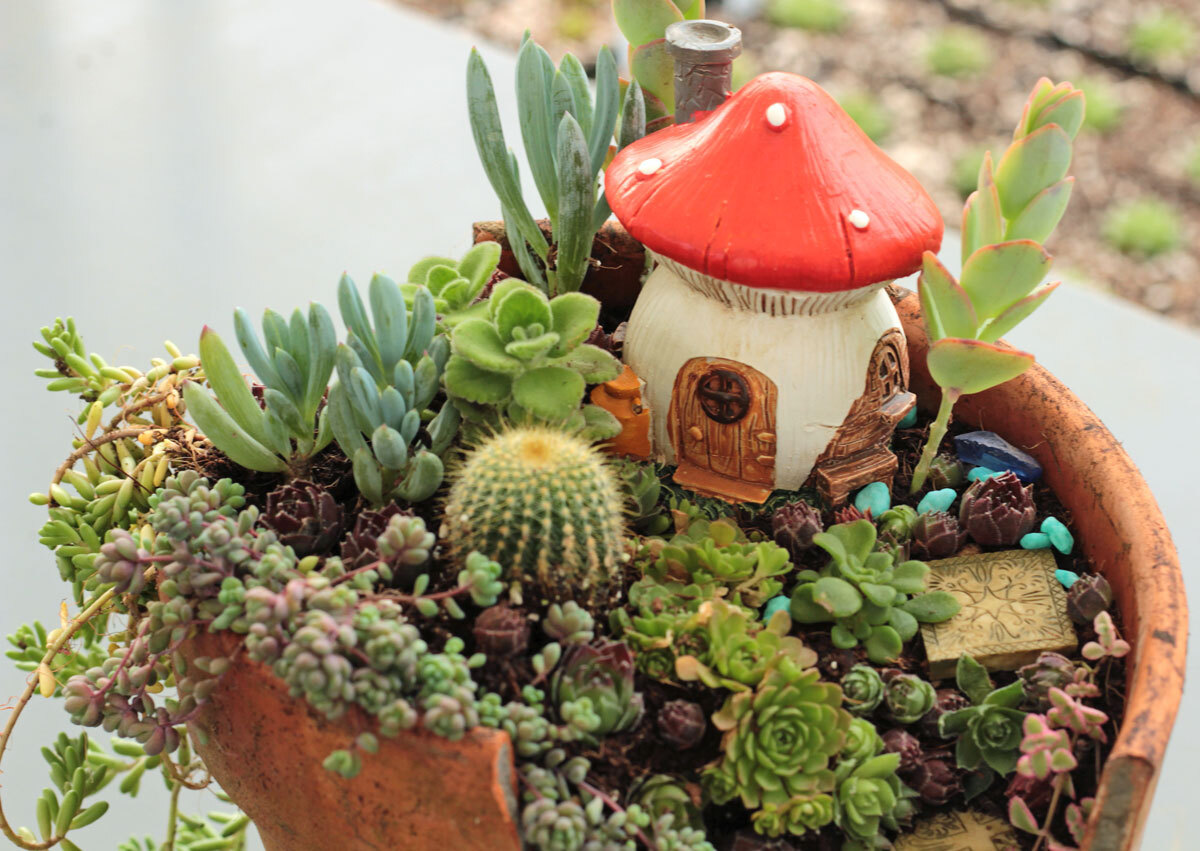

Ideas and Tips
How To Design A Drought-Tolerant Fairy Garden
Modified: October 28, 2024
Learn how to create a magical, drought-tolerant fairy garden with our guide on plant selection, whimsical themes, and sustainable gardening tips.
(Many of the links in this article redirect to a specific reviewed product. Your purchase of these products through affiliate links helps to generate commission for Storables.com, at no extra cost. Learn more)
Creating a fairy garden is a delightful and creative endeavor that can bring joy and magic to any outdoor or indoor space. These miniature landscapes are perfect for those who love gardening but have limited space or want to add a whimsical touch to their surroundings. However, one of the most significant challenges in designing a fairy garden is ensuring it remains drought-tolerant, especially in regions with low rainfall or high temperatures. In this article, we will guide you through the process of designing a beautiful and sustainable fairy garden that can thrive with minimal watering.
Choosing the Right Container
The foundation of your fairy garden is the container or pot you choose. This will set the tone and style for the entire garden. Here are some popular options for fairy garden bases:
- Clay Pot: Classic and breathable, allowing for good moisture retention.
- Terra Cotta Pot: Rustic and porous, great for preventing root rot.
- Flowerpot: Versatile and available in various styles and materials.
- Teacup: There’s nothing more adorable than a miniature teacup fairy garden for indoors.
- Garden Box: Offers a larger space for those aiming for a larger setup.
- Wheelbarrow: Movable and spacious, lending a vintage touch.
- Bowl: Suitable for compact gardens and offers a modern look.
- Washtub or Birdbath: Adds a repurposed, rustic charm.
While you can utilize a larger container as the main base, integrating smaller pots within can highlight specific plants or flowers, adding depth and layers to your garden. Ensure your containers or pots have drainage holes – add some if there aren’t. Don’t forget the saucer to catch the water drainage if your fairy garden is inside your home.
Selecting Drought-Tolerant Plants
The key to a successful drought-tolerant fairy garden lies in selecting plants that can survive with minimal watering. Succulents are an excellent choice for this type of garden due to their ability to store water in their plump, fleshy foliage. Here are some popular succulent species that are perfect for fairy gardens:
- Living Stones (Lithops): These succulents have leaves but no stems and come in various shapes and sizes.
- Hens and Chicks (Sempervivum): These succulents form rosettes and produce offsets or “chicks” around the mother plant.
- Ghost Plant (Graptopetalum): Known for its ghostly white or pale blue leaves, this succulent adds a unique touch to any fairy garden.
- Jade Plant (Crassula): A popular houseplant that can also thrive in outdoor fairy gardens.
- Cacti: Members of the Cactaceae family, these plants have stems but no leaves and come in various shapes and sizes.
Other drought-tolerant plants that can complement succulents include:
- Bleeding Hearts: With their interesting-looking leaves and flowers, these plants add a whimsical touch.
- Giant Allium: These flowers have a dramatic appearance and come in various colors.
- Snapdragons: Not only do they have good color all season, but their seed pods are also quite striking.
- Columbines: These flowers have unique, bell-shaped blooms that come in a variety of colors.
- Paper Lantern Flowers: These flowers have delicate, lantern-like blooms that add a touch of elegance.
- Fuchsia: Known for its vibrant flowers and delicate foliage, fuchsia is a great addition to any fairy garden.
- Holly: With its pagan meanings and prickly yet beautiful leaves, holly is a versatile choice for fairy gardens.
- Rosemary: Not only does it smell great, but rosemary is also edible and can be used in cooking.
For a more whimsical and magical vibe, consider adding plants like:
- Ferns: These plants add a lush, green texture to your garden and come in various species.
- Artemisia: Known for its silvery-gray foliage, artemisia adds a unique touch to any fairy garden.
- Lavender: With its calming scent and beautiful purple flowers, lavender is a popular choice for fairy gardens.
- Chamomile: This herb not only smells great but also has healing properties.
- Thyme: Another herb that adds flavor and fragrance to your fairy garden.
Creating a Whimsical Theme
One of the best parts of fairy gardening is that you can tell a "story" by mixing in props with your plants. A mini garden can look like a "real" landscape with walkways, arches, statues, houses, and stone walls. The most memorable mini gardens are "themed" with interesting characters and settings that make them conversation starters.
Themed Elements
To create a whimsical theme, you can incorporate various elements such as:
- Miniature Houses: Use small houses or cottages to create a village-like setting. You can find these at specialty stores or upcycle old items like tea cups or wooden boxes.
- Statues and Figurines: Add small statues or figurines of fairies, animals, or other magical creatures to bring your theme to life.
- Walkways and Paths: Use small stones, pebbles, or even moss to create pathways through your garden.
- Arches and Bridges: Add small arches or bridges to create depth and interest in your garden.
- Decorative Rocks: Paint or spray glitter on rocks to create "fairy rocks" that add a touch of magic to your garden.
Upcycling Materials
One of the most creative aspects of fairy gardening is upcycling materials you might otherwise throw away. Here are some ideas:
- Broken Clay Finials: Turn broken clay finials into planters for succulent cuttings or other small plants.
- Plastic Plant Hangers: Use parts of plastic plant hangers to create tepee supports for hanging plants or swings.
- Ceramic Cookie Jars: Use ceramic cookie jars as planters for small herbs or succulents.
- Old Toys: Use your kids' toys, like tiny furniture or accessories, to add a personal touch to your garden.
Watering and Maintenance
Watering is crucial for any garden, but it’s especially important for drought-tolerant plants. Here are some tips:
- Water at the Soil Level: Avoid watering over the leaves or decorations to prevent rot and other issues.
- Use a Moisture Meter: A moisture meter can help you determine when the soil needs watering, ensuring you don’t overwater.
- Water Only When Dry: Water your plants only when the soil completely dries out. This prevents root rot and ensures your plants thrive.
- Fertilize Sparingly: Fertilizer is not required for succulents, but if you choose to use it, do so sparingly. Overfertilization can harm these plants.
- Prune Regularly: Prune your plants regularly to maintain desired shapes or sizes and remove damaged or dead foliage.
Adding Sensory Elements
While fairy gardens are often visually stunning, incorporating sensory elements can enhance the experience. Here are some ideas:
- Herbs: Add herbs like thyme, rosemary, or chamomile to create a fragrant atmosphere.
- Edible Plants: Incorporate edible plants like kale, lettuce, nasturtiums, or rosemary to make your garden more interactive.
- Mosses and Lichens: Add mosses and lichens to create a lush, green carpet that feels soft underfoot.
- Log or Stump: Incorporate a log or stump with mosses, lichens, ferns, and even mushrooms for a fun and interactive element.
Creating a Sensory Experience
A sensory garden is a specially designed outdoor area that harnesses various plants and elements to engage and heighten all five senses — sight, sound, taste, touch, and smell. Here’s how you can blend the whimsy of fairy tales with the tangible stimulation of the senses:
- Sound: Add elements like wind chimes or a small water feature to create soothing sounds.
- Taste: Incorporate edible plants that can be eaten fresh from the garden.
- Touch: Use materials like mosses, lichens, and ferns that feel soft underfoot.
- Smell: Incorporate herbs like lavender or chamomile that have calming scents.
Adding Decorative Elements
Decorative elements can make your fairy garden truly unique. Here are some ideas:
- Birdbaths: Add a birdbath or a small pond with water features like fountains or small waterfalls.
- Blue Glass Birds: Use blue glass birds or other decorative items that won’t scare real birds away.
- Hanging Plants: Hang plants on the side of a fence using pots and twine for a charming display.
- Rock Wall: Create a small rock wall using natural materials like rocks and pebbles.
Designing a drought-tolerant fairy garden is not only fun but also sustainable. By choosing the right container, selecting drought-tolerant plants, creating a whimsical theme, and incorporating sensory elements, you can create a magical and enchanting space that thrives with minimal watering. Whether you’re an experienced gardener or just starting out, these tips will help you create a beautiful and sustainable fairy garden that brings joy and wonder to your life. So go ahead, get creative, and let your imagination run wild in the wonderful world of fairy gardening
Was this page helpful?
At Storables.com, we guarantee accurate and reliable information. Our content, validated by Expert Board Contributors, is crafted following stringent Editorial Policies. We're committed to providing you with well-researched, expert-backed insights for all your informational needs.

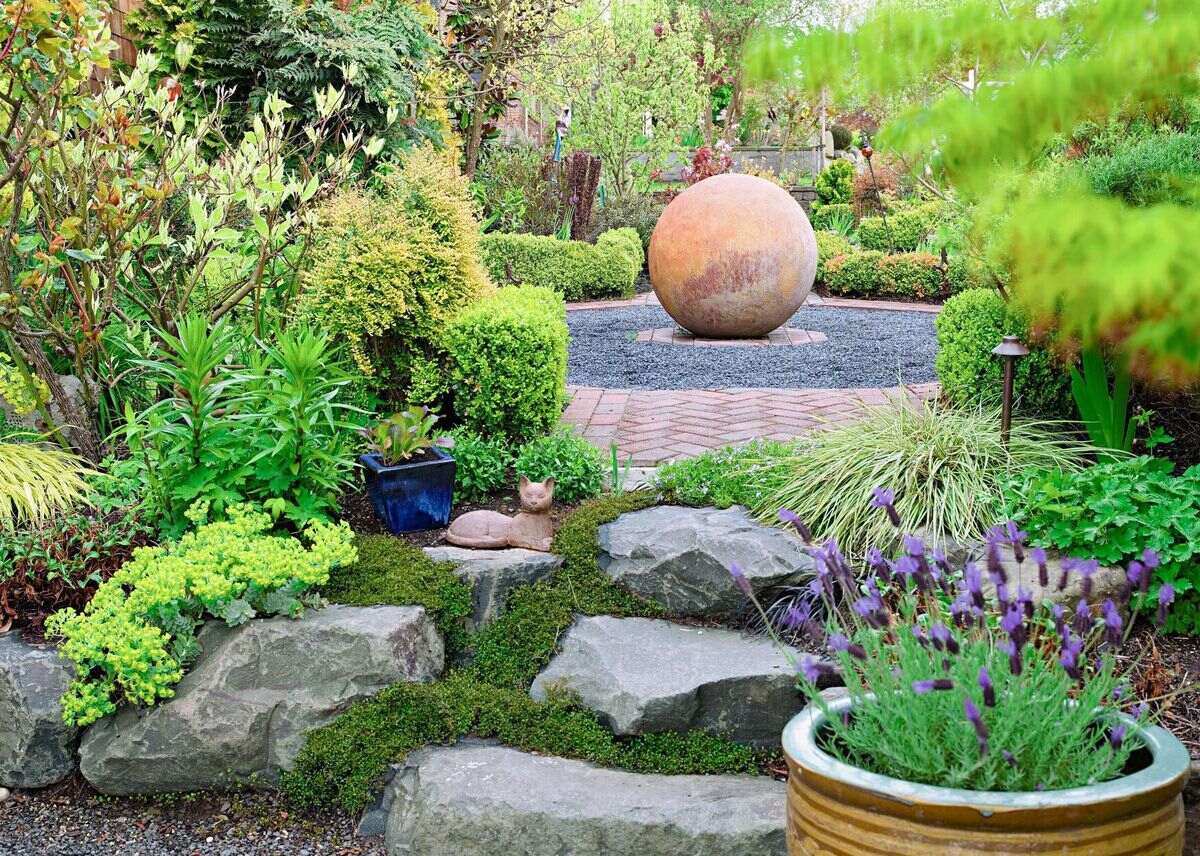
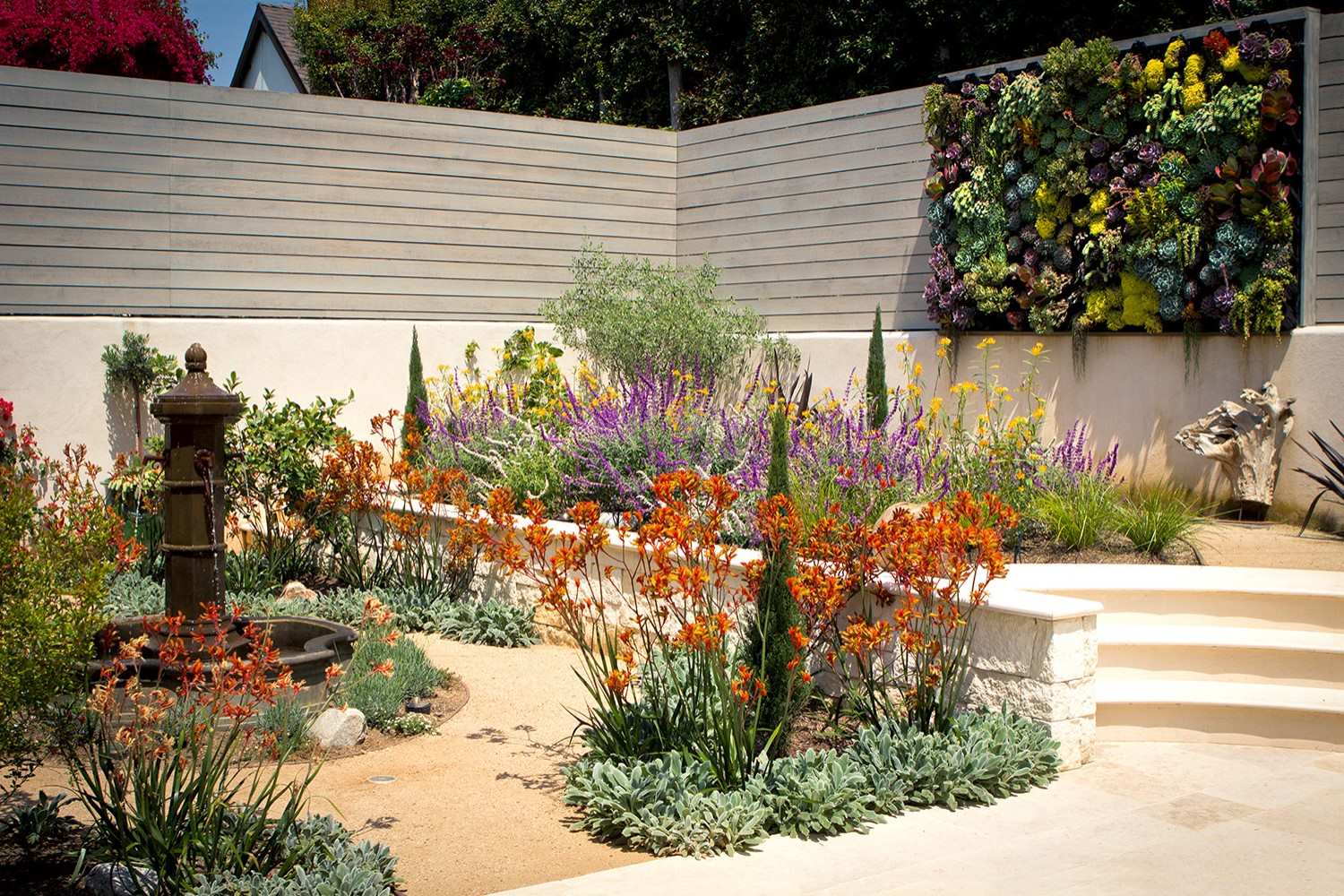
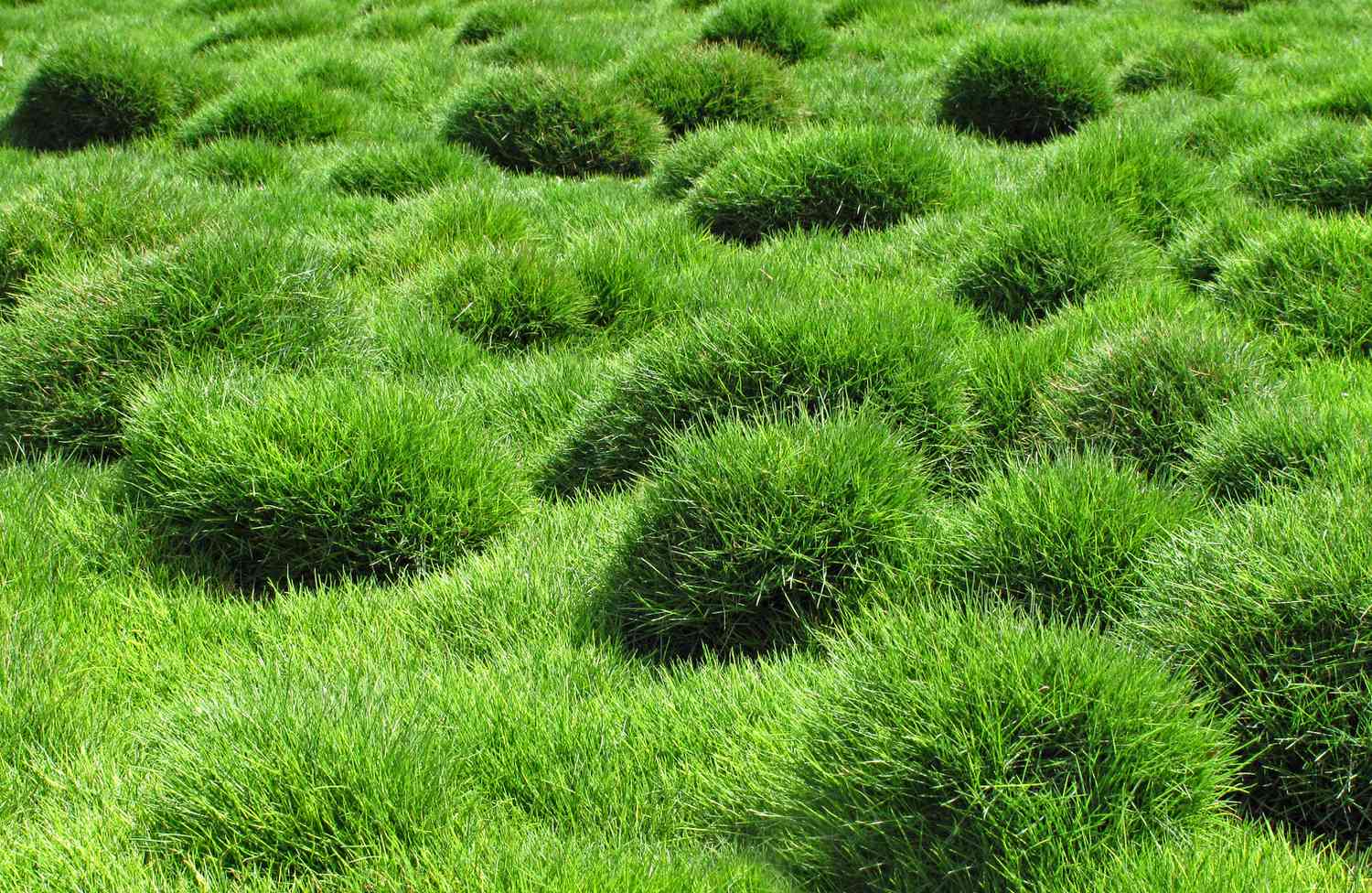
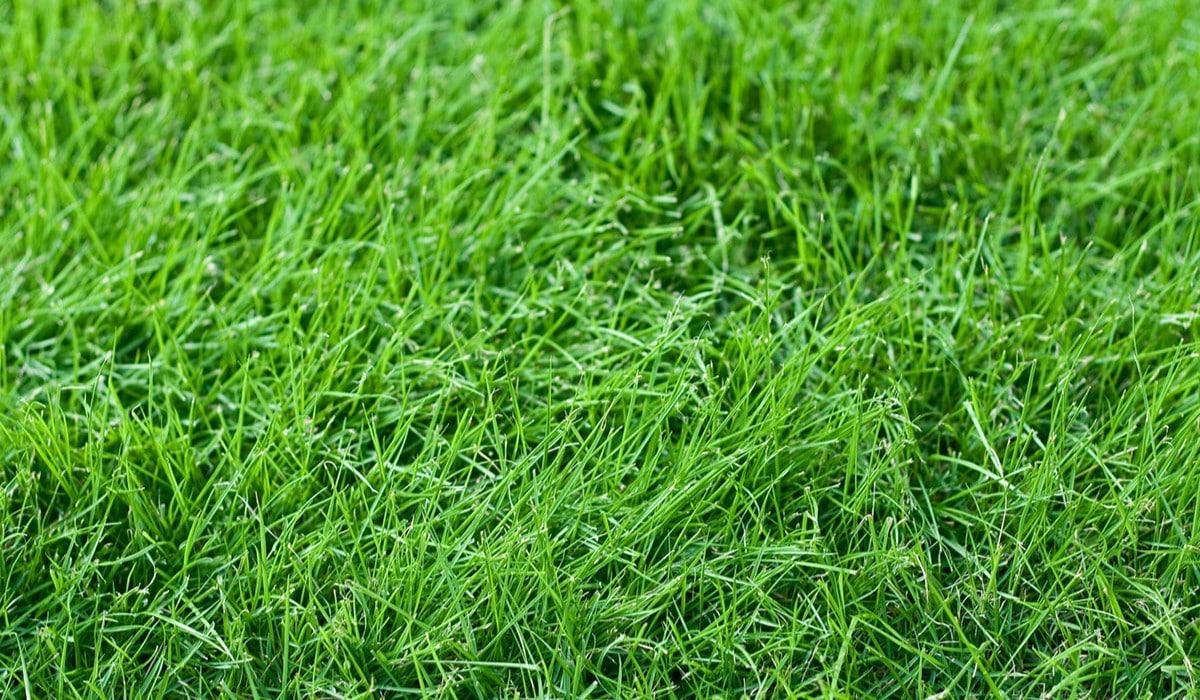

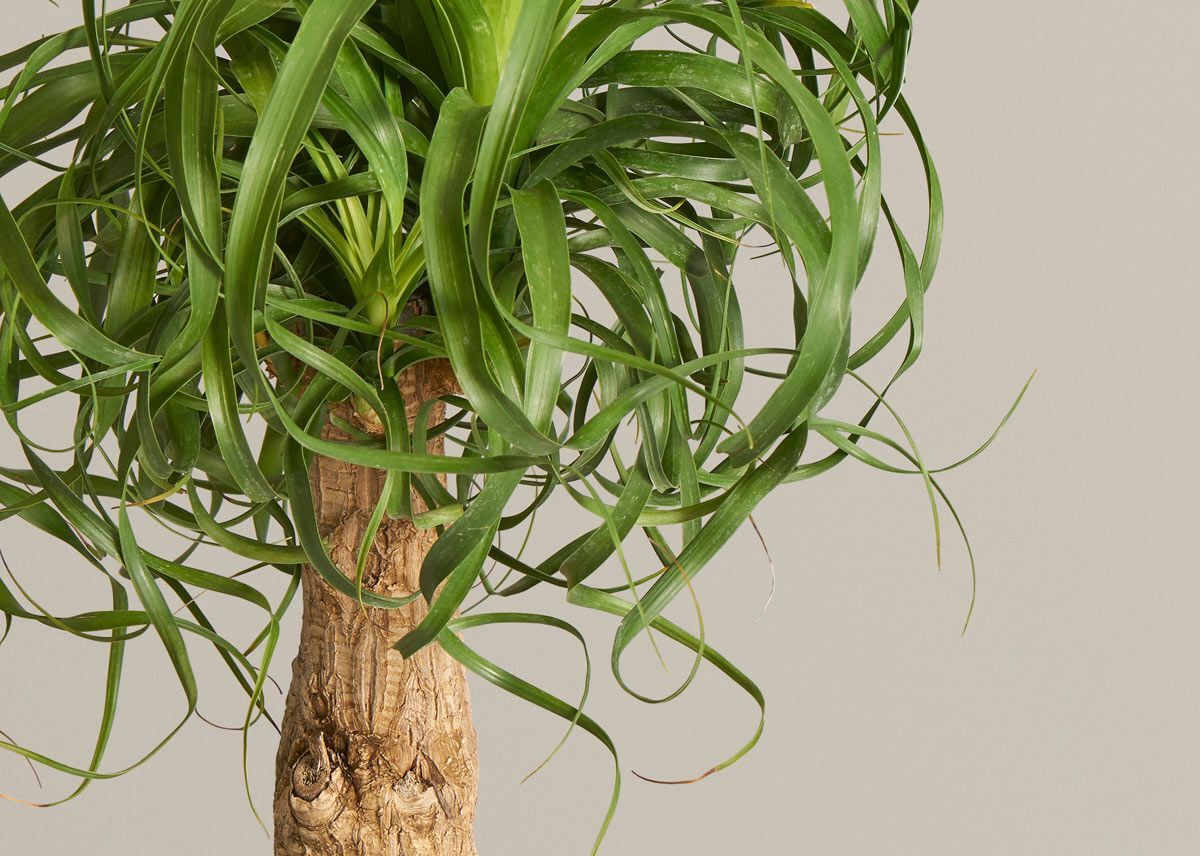
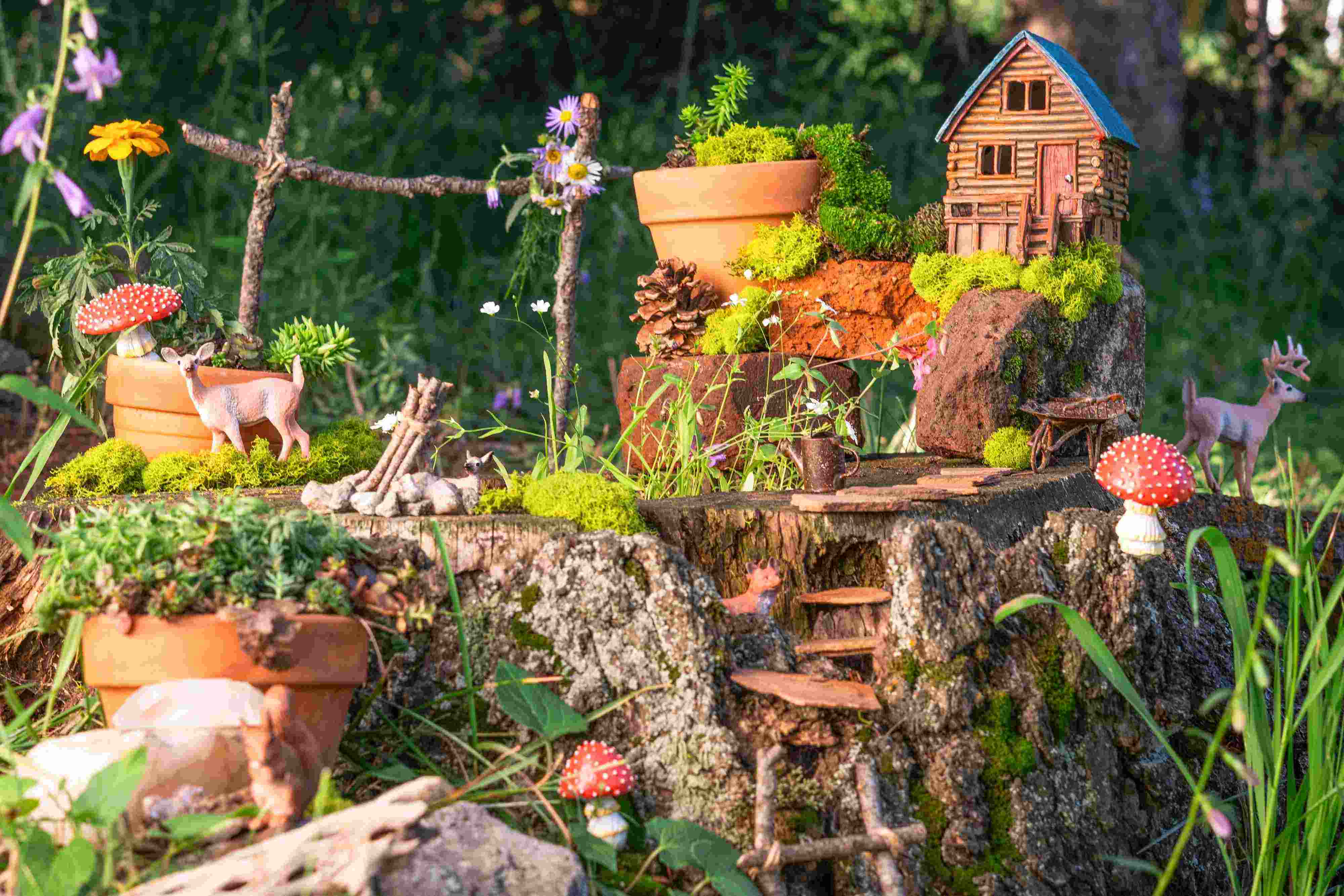
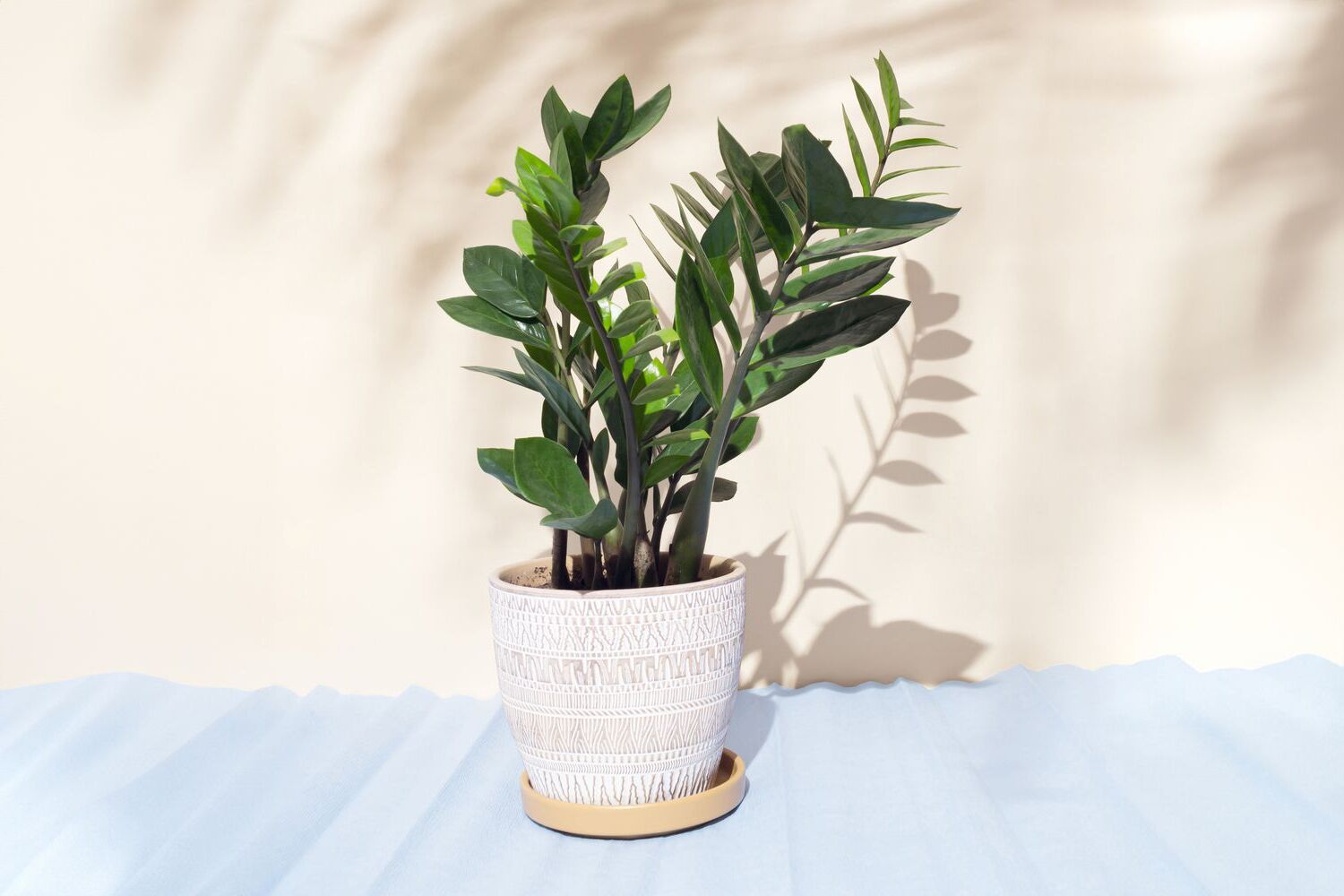
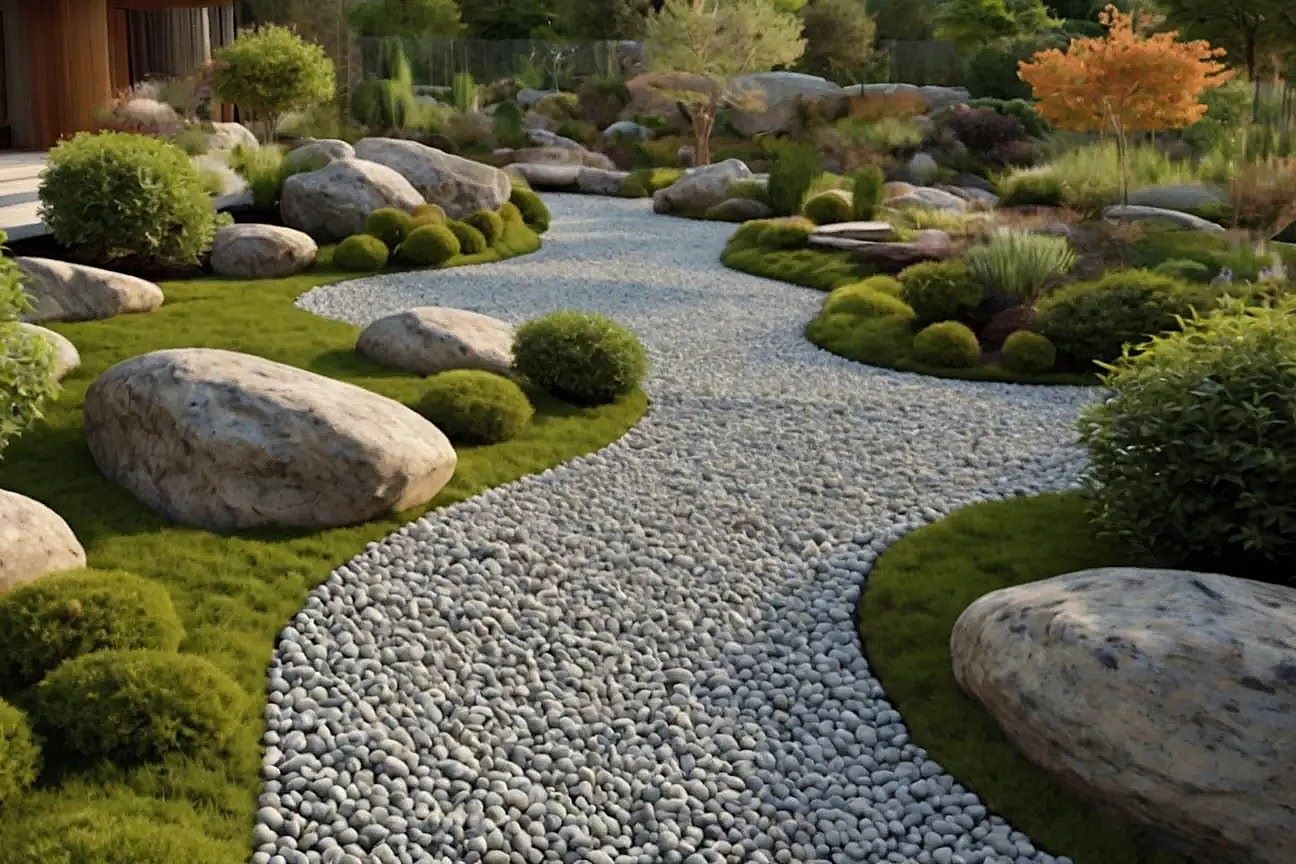

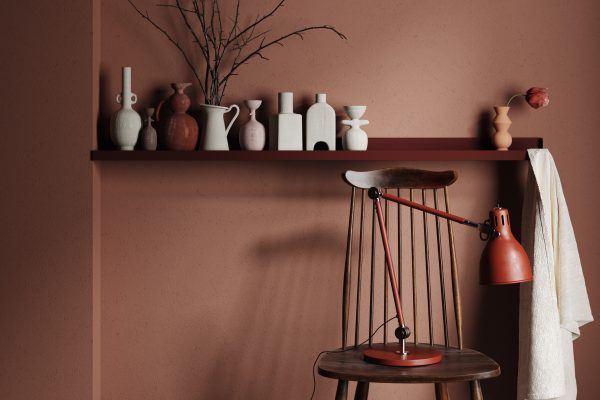
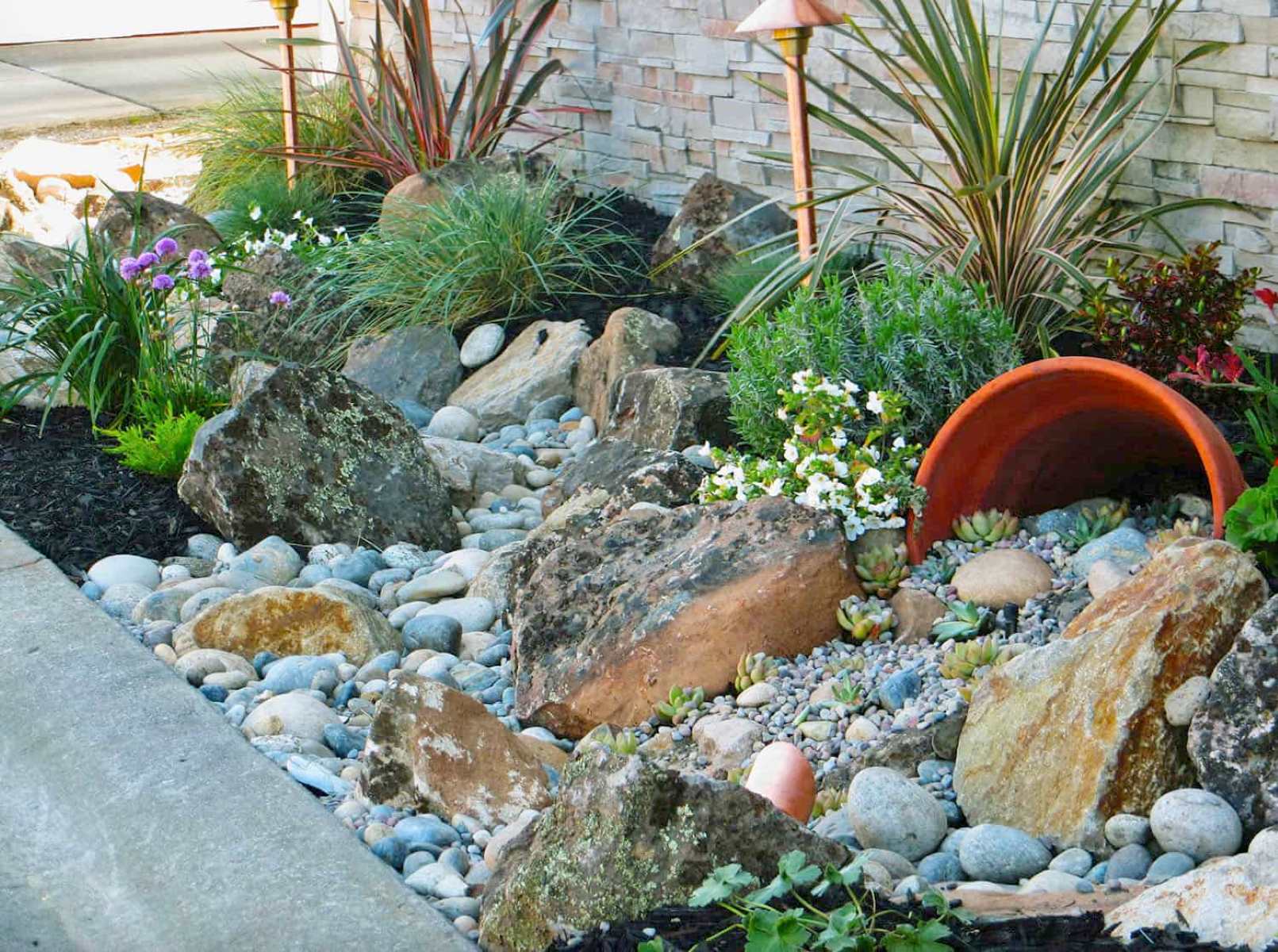
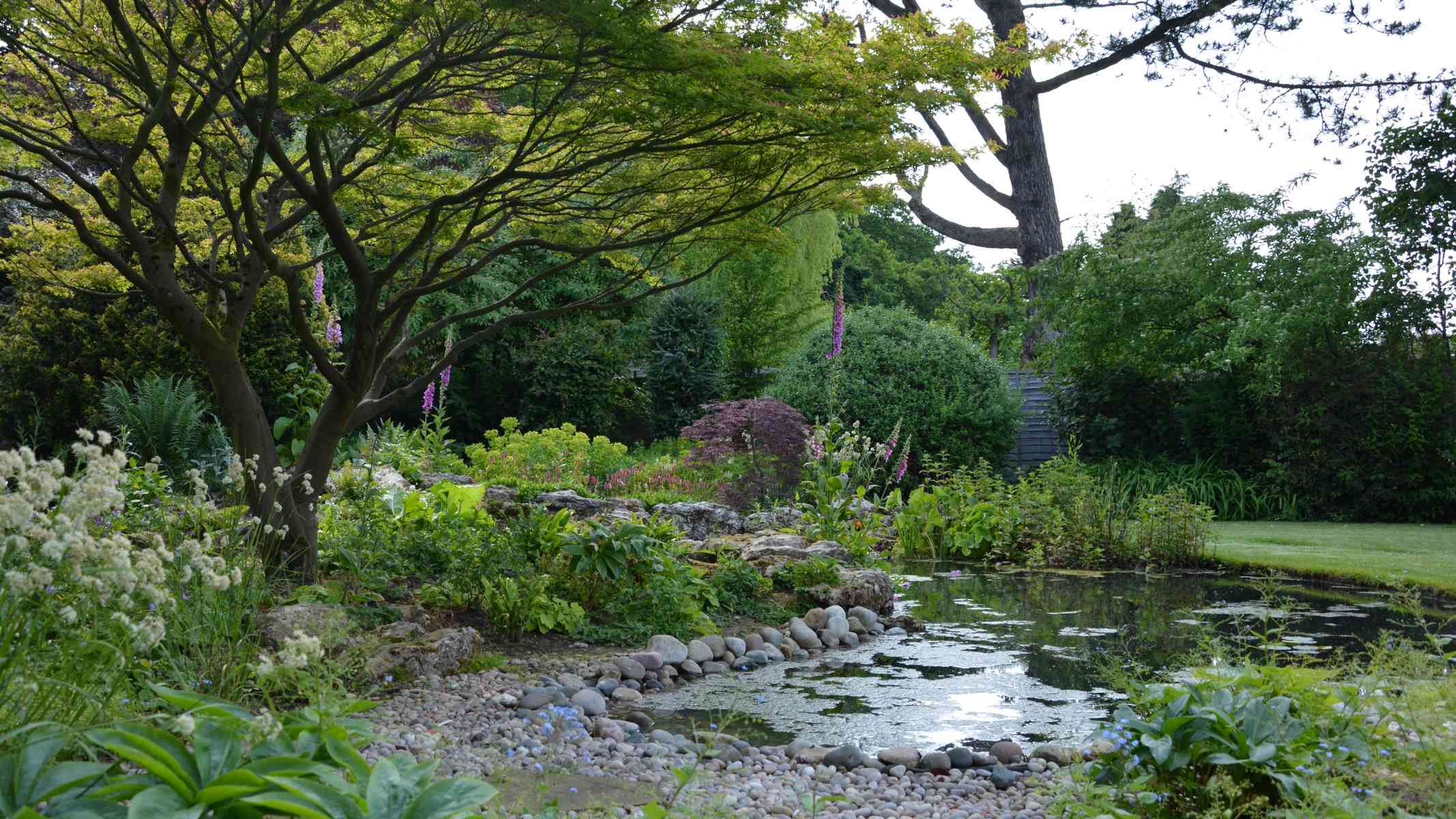

0 thoughts on “How To Design A Drought-Tolerant Fairy Garden”